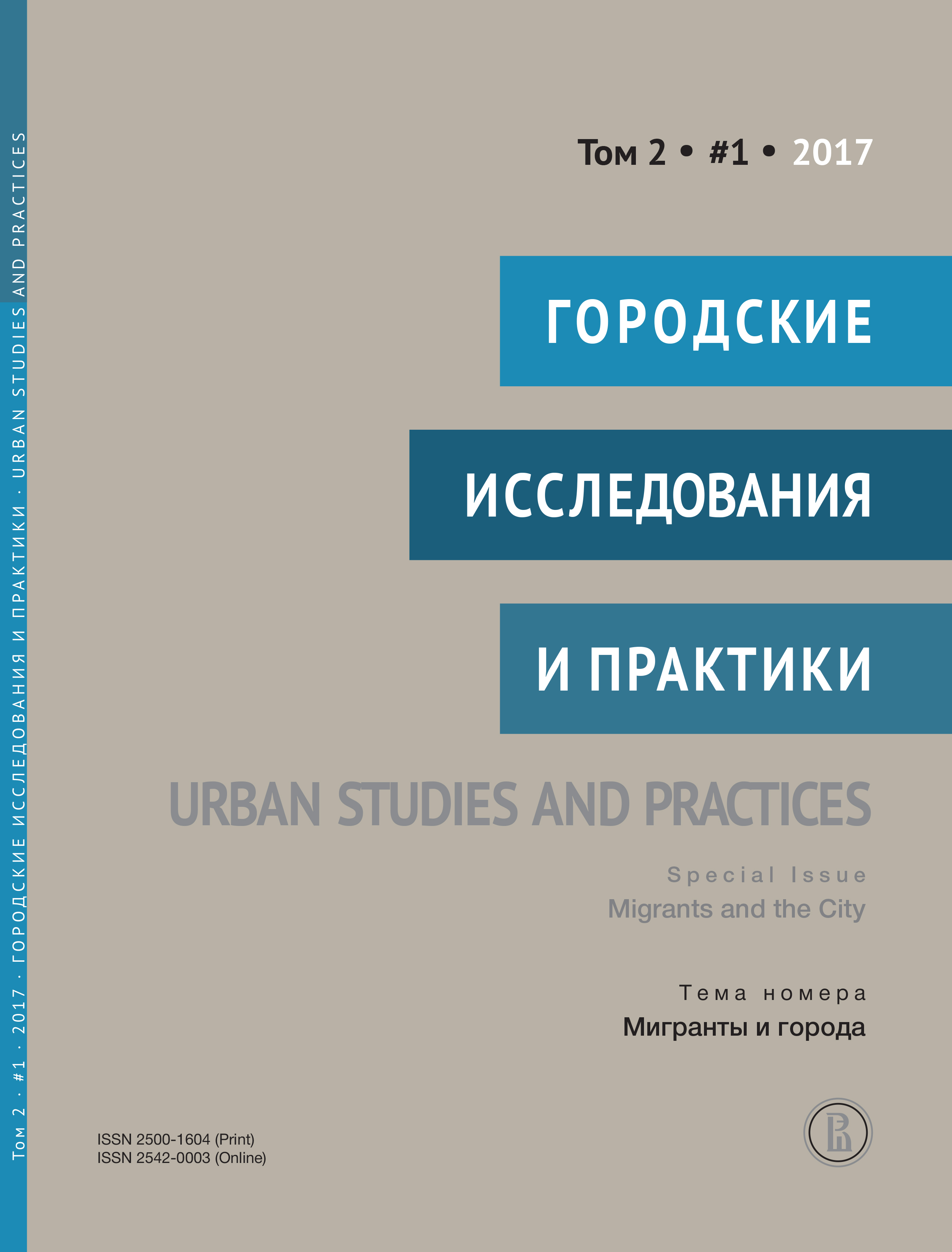Forum
Аннотация
The nexus between migration and urban studies is dynamic, and one that produces new research on a daily basis. And yet little is providing us with a general picture that allows us to see the main regular patterns in the field, as well as the gaps and methodological hindrances requiring attention.
So what’s been done? And what needs to be done? To facilitate a discussion, we formulated three broad questions that we then asked eight prominent scholars. Their responses in turn give us the perspectives of varied disciplines, geographical vantage points (North America, Western Europe, and Russia), and points of view. In what follows, each scholar addresses these three questions:
Question 1. More than a century ago, Ernst Georg Ravenstein formulated a set of “laws” about migration. Created within the social and economic context of nineteenth-century Europe and inspired by the positivist spirit of the time, they were abandoned, however, in the twentieth century. But since Ravenstein’s times, thousands of studies on migration and integration have been produced within academia, and it is likely that the time for new generalizations has come. Are there any patterns or laws that can be inferred from the existing body of research on migration and integration?
Question 2. Research on migration and integration is embedded in institutions that produce their own rules and norms to structure topics, approaches, and methodologies used by researchers.Are you generally satisfied with how the research on migration and integration is currently carried out? What are the most promising topics, approaches, and methodologies? Are there any that should be treated more cautiously? What topics, approaches, and methodologies would you recommend to young scholars in the field who are now considering their paths for researching migration and integration?
Question 3. Research on migration and integration is generally conducted within the urban context, which is taken for granted and seldom reflected upon. However, urban structures are not stable and cities have substantially changed since the beginning of the twentieth century. Should the knot binding migration and the urban processes be untied? And if yes, what are the ways to do it in terms of both theoretical agendas and empirical research?

